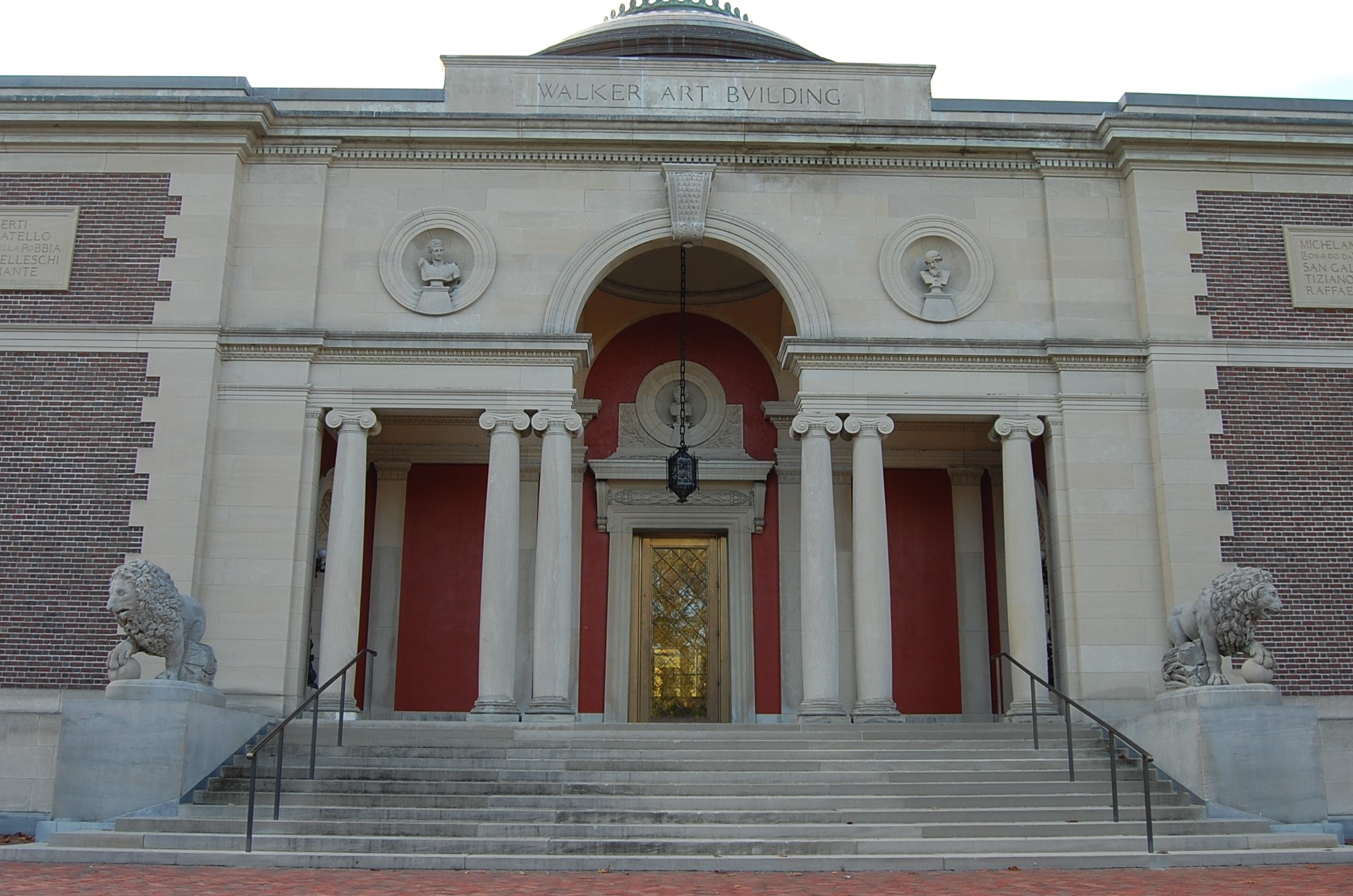Dec 6 2016 - Mar 19 2017
Brunswick, ME
In a world often troubled by deceit, how can one recognize the truth? How can art—itself a form of make-believe—help to reveal what is right? For many European artists who were pondering the nature of images, the legend of the Egyptian hermit Saint Anthony provided inspiration. Scores of demons attempted and failed to distract Anthony from his devotion. The Saint’s ability to distinguish between godly and evil apparitions made him a model for artists who sought to establish the truthfulness of their own imagination and sought license for their creative fantasy.
Anthony “the Great” (ca. 251–356) is often credited with establishing Christian monasticism. Born into a wealthy family in the area of Arsionë in Upper Egypt, Anthony gave away his inheritance at age twenty and retreated into the desert between the Nile and the Red Sea, where he became a widely respected ascetic. Anthony’s friend, the bishop of Alexandria Athanasius wrote the Vita Antonii, which was immediately translated into different languages and has been called the most influential biography in Christian history.
With the description of Anthony’s asceticism as a form of spiritual purification and voluntary rather than inflicted martyrdom, the biography expanded the hagiographical tradition. It provided not only a model for Christian believers throughout the ages, but it also attracted the attention of many artists. This exhibition reveals an ongoing artistic fascination with the legend that began in late medieval Europe and continues to this day.
Credit: Exhibition overview from museum website.
Exhibition Venues & Dates
Dec 6 2016 - Mar 19 2017
Brunswick, ME
